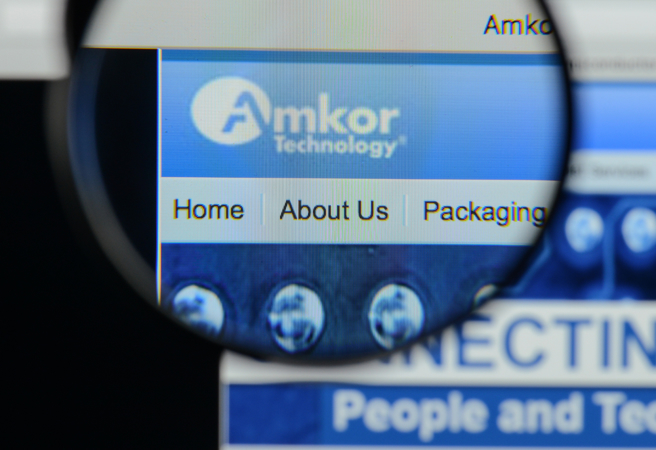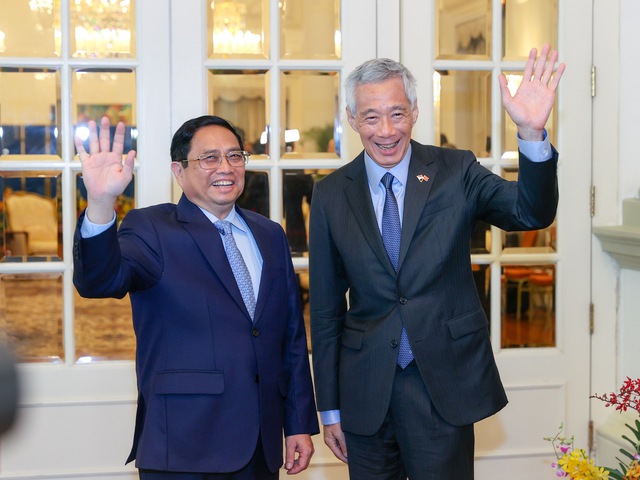Vietnam Investment: Investment in High-Tech Industries
Investment in high-tech industries has become a significant direction for Vietnam’s economic development. The Vietnamese government, by promoting the development of high-tech industries, aims to attract both domestic and foreign investors, enhance Vietnam’s industrial competitiveness and innovation capabilities, and accelerate the realization of industrialization and modernization goals. Currently, Vietnam’s high-tech industries are primarily concentrated in sectors such as electronics, telecommunications, machinery, and life sciences.

Vietnam’s investment in high-tech industries has become an important direction of Vietnam’s economic development (Source: ThisisEngineering RAEng@unsplash)
Advantages of Investing in High-Tech Industries
1. Vietnam boasts relatively low labor costs, especially when it comes to hiring university graduates. This cost advantage benefits high-tech industries by reducing operational expenses.
2. The Vietnamese government is actively promoting economic reforms and open policies, which have improved the investment environment. These reforms create favorable conditions for the development of high-tech industries.
3. Vietnam possesses a wealth of human resources, particularly young, well-educated individuals who are well-suited for high-tech roles. This ample talent pool forms a strong foundation for the development of innovative technological industries.

Vietnam has abundant human resources, especially young and well-educated high-tech talents (Credit: Alexandre Debieve@unsplash)
Risks of Investing in High-Tech Industries
1. Vietnam’s regional development is not uniform, leading to disparities in the development of high-tech industries. Balancing regional development is essential to address this issue.
2. The high-tech industry in Vietnam is highly competitive. Investors are advised to have strong technical expertise and market experience to establish a foothold in this competitive market.
3. With the rapid growth of the tech sector in recent years, many tech employees frequently switch jobs. This turnover requires employers to regularly hire new talent to fill vacant positions.

Vietnam’s high-tech industry market is highly competitive, and investors should have strong technical strength and market experience (Source: Lars Kienle@unsplash)
Considerations for Investing in High-Tech Industries in Vietnam
1. High-tech industries involve intellectual property issues, and investors need to pay attention to the local intellectual property protection situation.
2. High-tech products require ensuring quality and safety; therefore, investors should choose production suppliers with rich experience and a good reputation.
3. Investors need to be prepared for the ongoing management and operation of high-tech projects to ensure their long-term stable development.

The high-tech industry involves intellectual property issues, and investors need to pay attention to local intellectual property protection (Source: ThisisEngineering RAEng@unsplash)
Refer to the original post here
For additional details, refer to our SIA services | Link

































